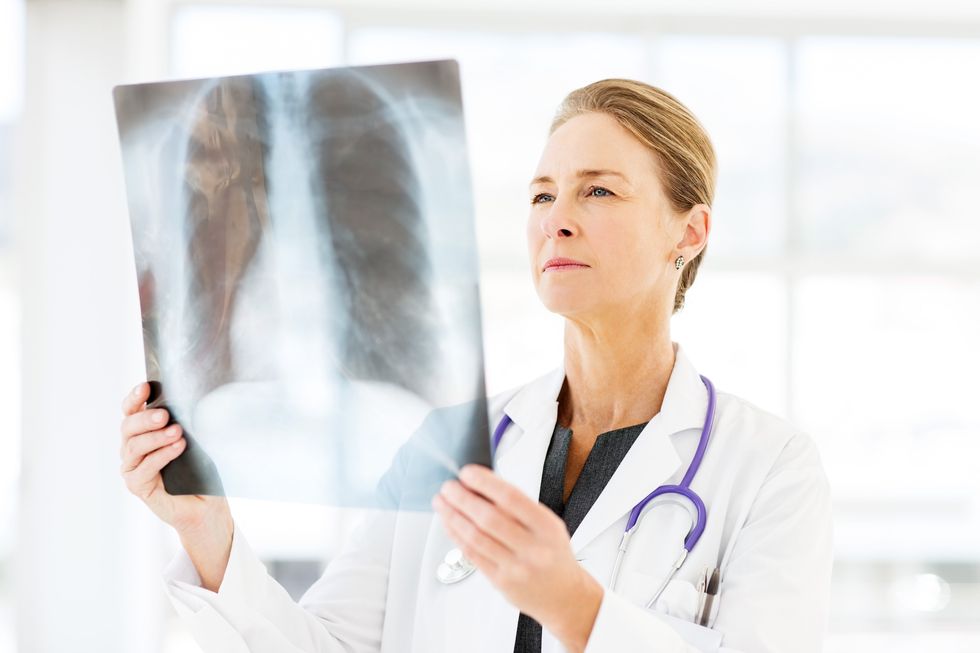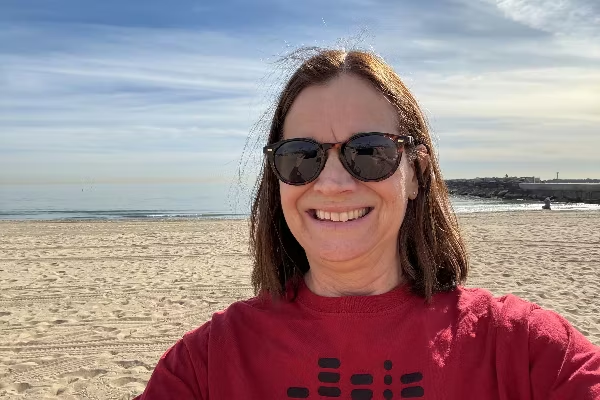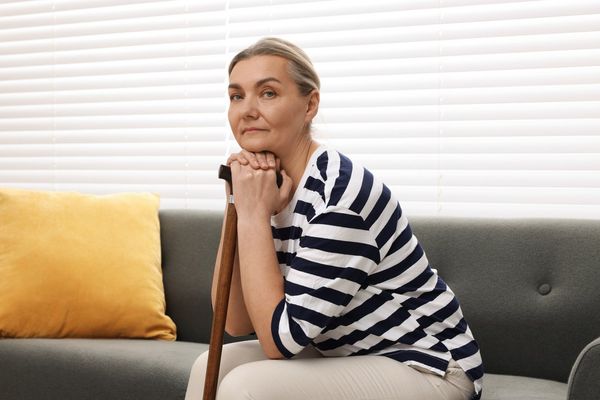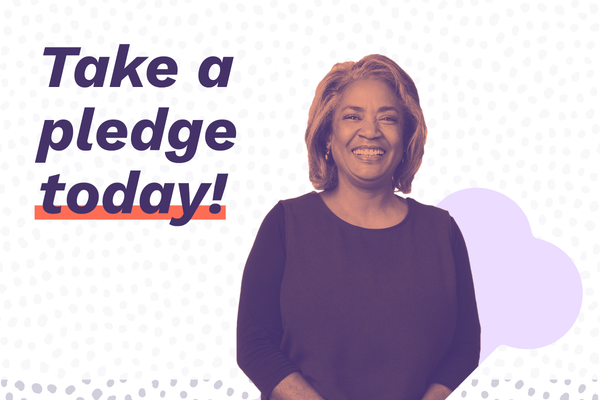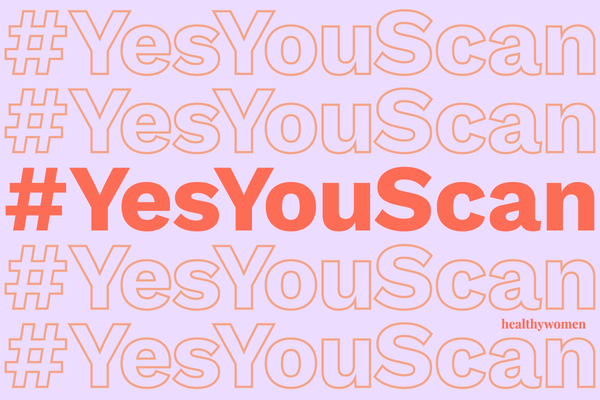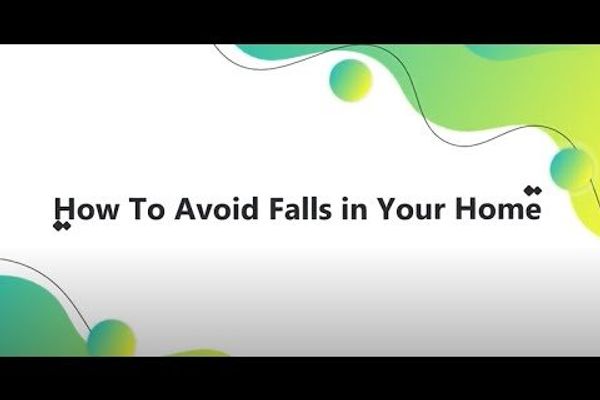If someone falls off a chair and fractures a wrist, what is your first thought? How unlucky? The fact is that one in two women over the age of 50 will experience an osteoporosis-related fracture similar to this in her life—and luck has nothing to do with it.
As you age, postmenopausal osteoporosis is more likely to occur because your body's natural bone remodeling process becomes unbalanced, but there are other factors that put you at risk for osteoporosis that are important to be aware of. Aside from age, some risk factors you can't control are:
Gender. Osteoporosis is more common in women.
Body size. Women with a smaller, thin body frame are at greater risk for osteoporosis.
Ethnicity. White and Asian women have the highest risk for osteoporosis.
Family history. If a biological family member has osteoporosis or breaks a bone, it's more likely that you will too.
Onset of menopause. Low estrogen levels due to menopause can weaken bones. This includes early menopause due to a hysterectomy.
But don’t think that there's nothing you can do about your osteoporosis risk, I want to share some factors you can control, like:
Calcium and vitamin D intake. You're more prone to bone loss if your diet is low in calcium and vitamin D.
Medication use. Some medications may increase the risk of osteoporosis. Ask a healthcare professional who prescribes your medications if this is the case.
Activity level. Lack of exercise can weaken bones and weightbearing exercise can help build new bone.
Smoking. Cigarettes can affect many parts of the body, including your bones.
Alcohol. Too much alcohol consumption can cause bone loss.
If you need further inspiration, read this story of a woman who turned her declining bone health around.
Though you may be able to check all of the above off your list, that unfortunately may not be enough when it comes to osteoporosis. Osteoporosis is known as the "silent" disease because it usually isn't recognized until a fracture happens. If you're a woman over 50, it's important to find out if your bones are getting weaker before a fracture happens.
Taking a bone mineral density test can determine how much bone mineral, such as calcium, is in your bones. Low bone density means your bones are more porous, or airy, and may be more susceptible to fractures or breaks. If you suspect you could have osteoporosis, ask a healthcare professional if you should get this test done. In fact, you can read a story from a woman who wishes she got this test done sooner.
If you are diagnosed with postmenopausal osteoporosis, there are treatment options available. A healthcare professional can help you decide which is best for you. These treatments may help slow bone loss and/or may help build new bone.
If you want to learn more about postmenopausal osteoporosis, check out fracturedtruths.com, which has valuable information on postmenopausal osteoporosis.
Want even more info about postmenopausal osteoporosis? Click here to watch a video.
This resource was created with support from Radius Health, Inc. DS-Osteo-US-01108

